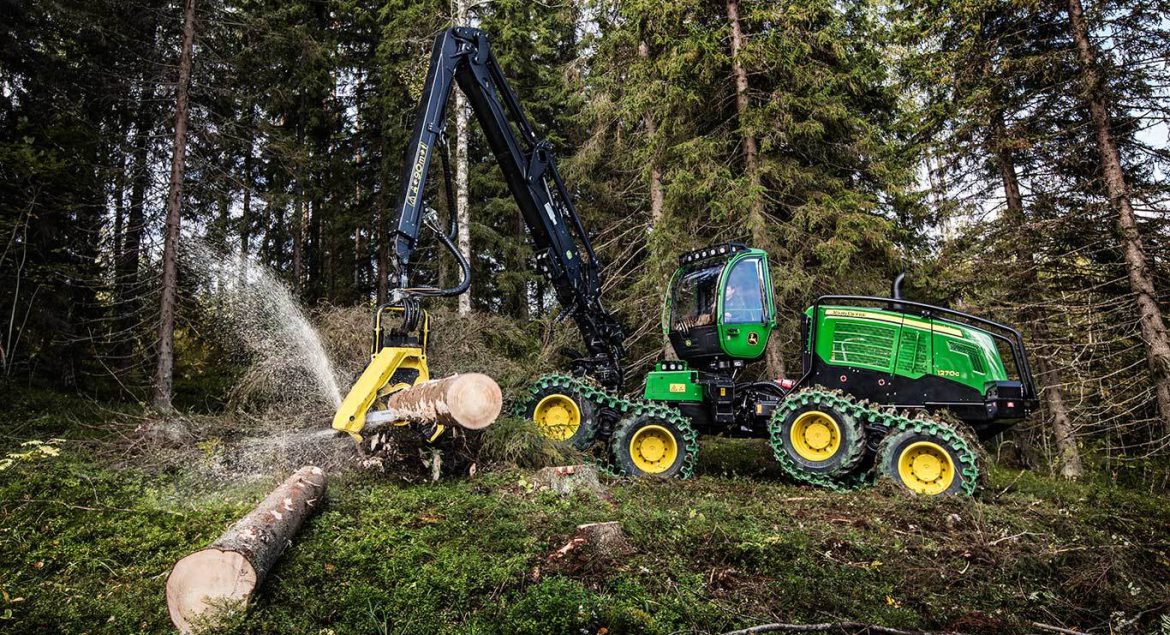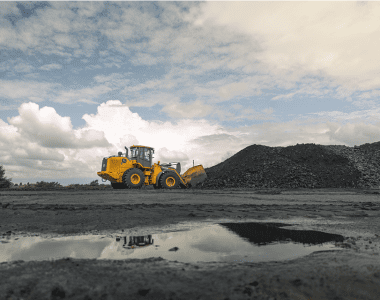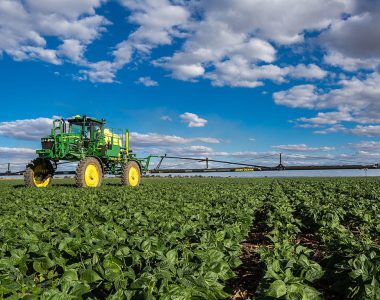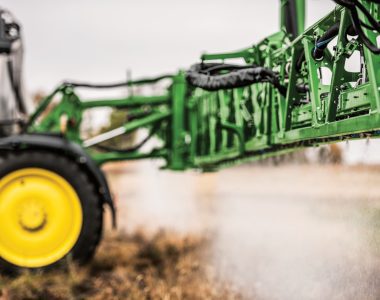The majority of South Africa’s forestry operations are primarily situated in Mpumalanga and KwaZulu-Natal, with smaller plantations dispersed throughout the Eastern Cape, Limpopo, and the Western Cape. The most common tree species found in these operations are Pine, Blue Gum, and Eucalyptus. AFGRI Equipment, a recent addition to the forestry industry, is dedicated to providing exceptional service to contractors, government entities, and individuals who rely on machinery to efficiently complete their tasks and deliver high-quality products.
AFGRI Equipment Forestry Branches
AFGRI Equipment currently operates three branches that specialize in Forestry equipment, located in Tzaneen, Middelburg, and Piet Retief. These branches are staffed with industry experts who can assist with new equipment purchases and a team that specializes in post-purchase service for Forestry machines. Understanding the crucial nature of uptime and productivity in forestry operations, these branches utilize JDLink™ to remotely monitor the health of machines.
Monitor and Manage your Fleet Remotely
John Deere places a strong emphasis on the value of technology and offers significant benefits to fleet owners. In particular, their Forestry operations utilize the TimberManager and TimberMatic applications. These technologies provide a range of features that can improve operations, such as:
- TimberManager, which allows equipment owners to monitor progress on a work site in terms of cubic meters and percentages, as well as providing real-time information about the amount of wood on the landing area. This makes it easier to plan transportation and improves the overall delivery process.
- TimberMatic Maps, which gives operators a real-time, production view of the logging site. Data from the harvester’s sensors and precise GPS-based location of the felled timber is automatically transmitted to the TimberMatic Maps application for use by the forwarder operator, allowing for more efficient operations.
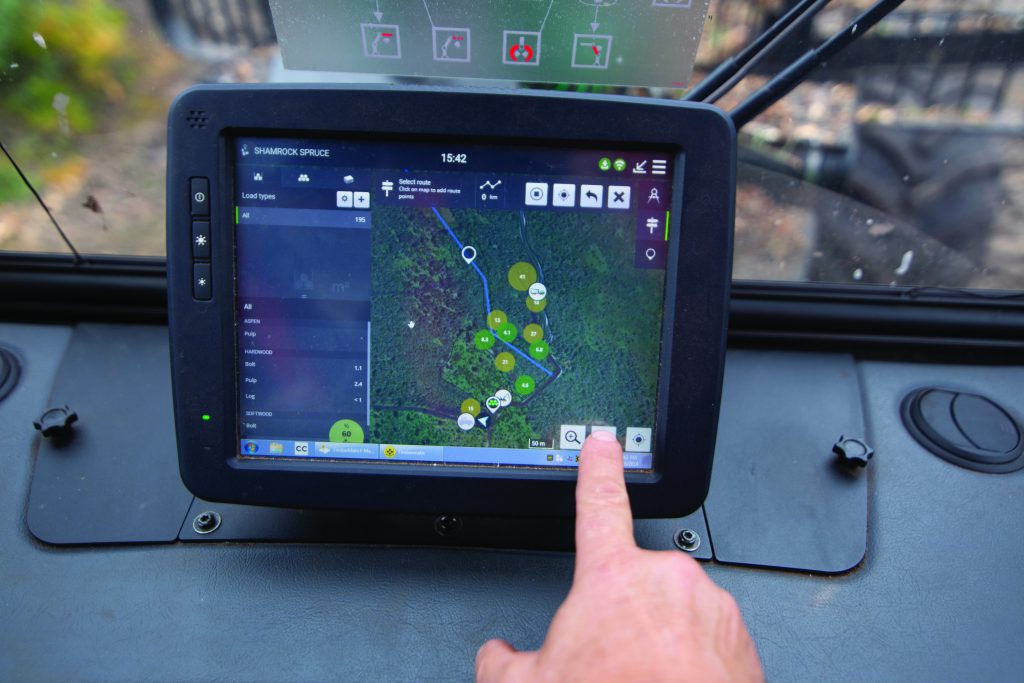
The Rise of IBC (Intelligent Boom Control)
IBC simplifies the operation of the harvesting head by eliminating the need for operators to control each boom joint individually. Instead, the operator only needs to steer the harvester head towards the target, and IBC automatically controls all boom movements according to the grapple’s location. IBC adapts to the work cycle and adjusts the boom trajectory and function whether the harvester head is empty or holding a tree. This results in smoother operation and reduces stress on the entire boom.
IBC improves the precision of grapple positioning, particularly for long reaches. The minilever movement maintains consistent grapple speed regardless of the boom’s extension. IBC automatically follows the desired trajectory for the boom tip. The Hill mode feature allows the operator to adjust the trajectory for efficient operation on a slope.
The John Deere 859MH Tracked Harvester
Tracked harvesters are an ideal solution for operations that require work on unstable, steep terrain. The John Deere 859MH, for example, features a self-leveling cab that maintains a stable position for the operator regardless of the position of the tracks. The cab has an articulation range of up to 26 degrees forward, 14 degrees side-to-side, and 7 degrees rearward. The tracks provide stability and consistency, and the option of IBC (Intelligent Boom Control) further enhances smoothness of boom control functions and automation of repetitive boom movements.

